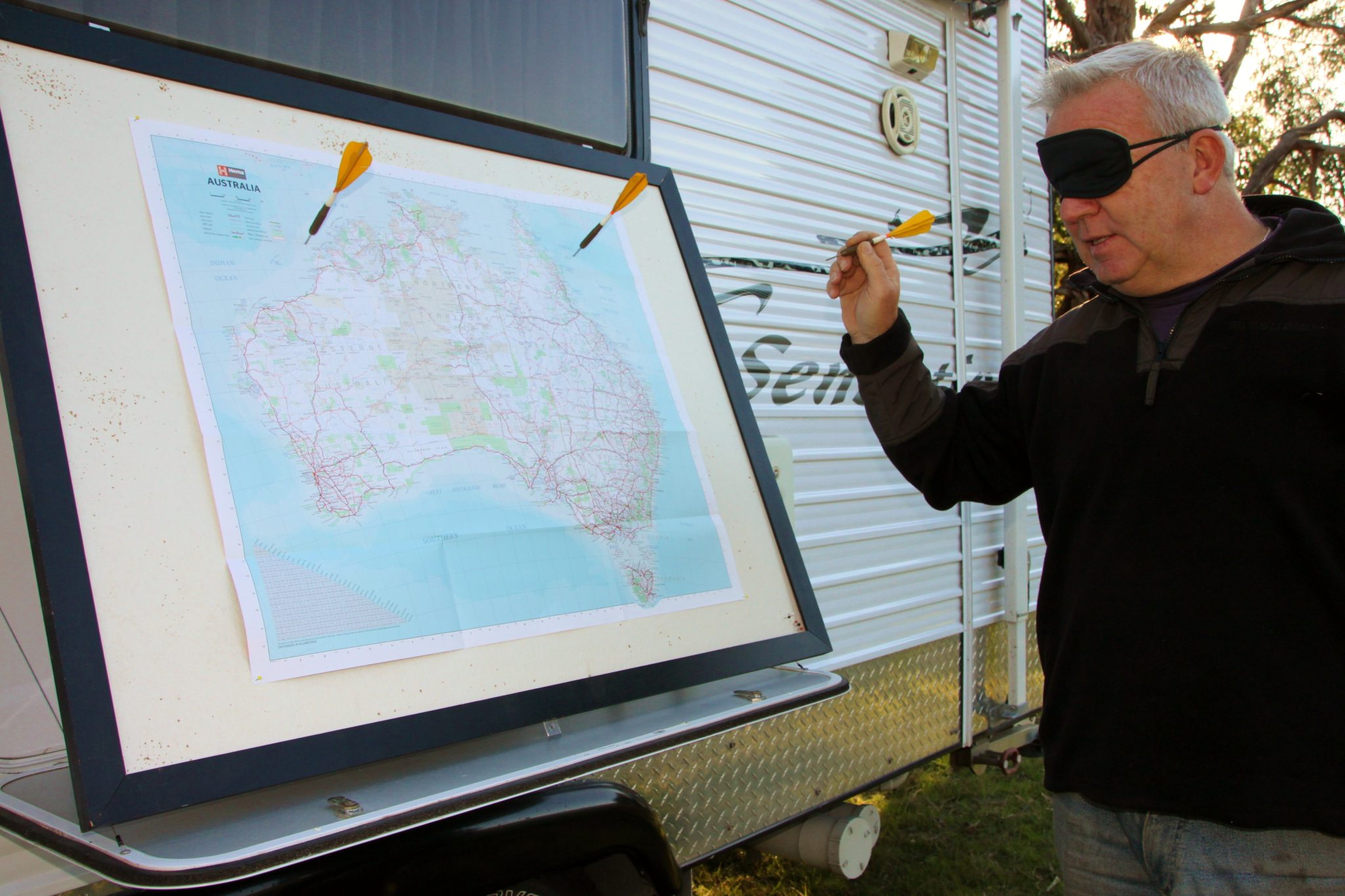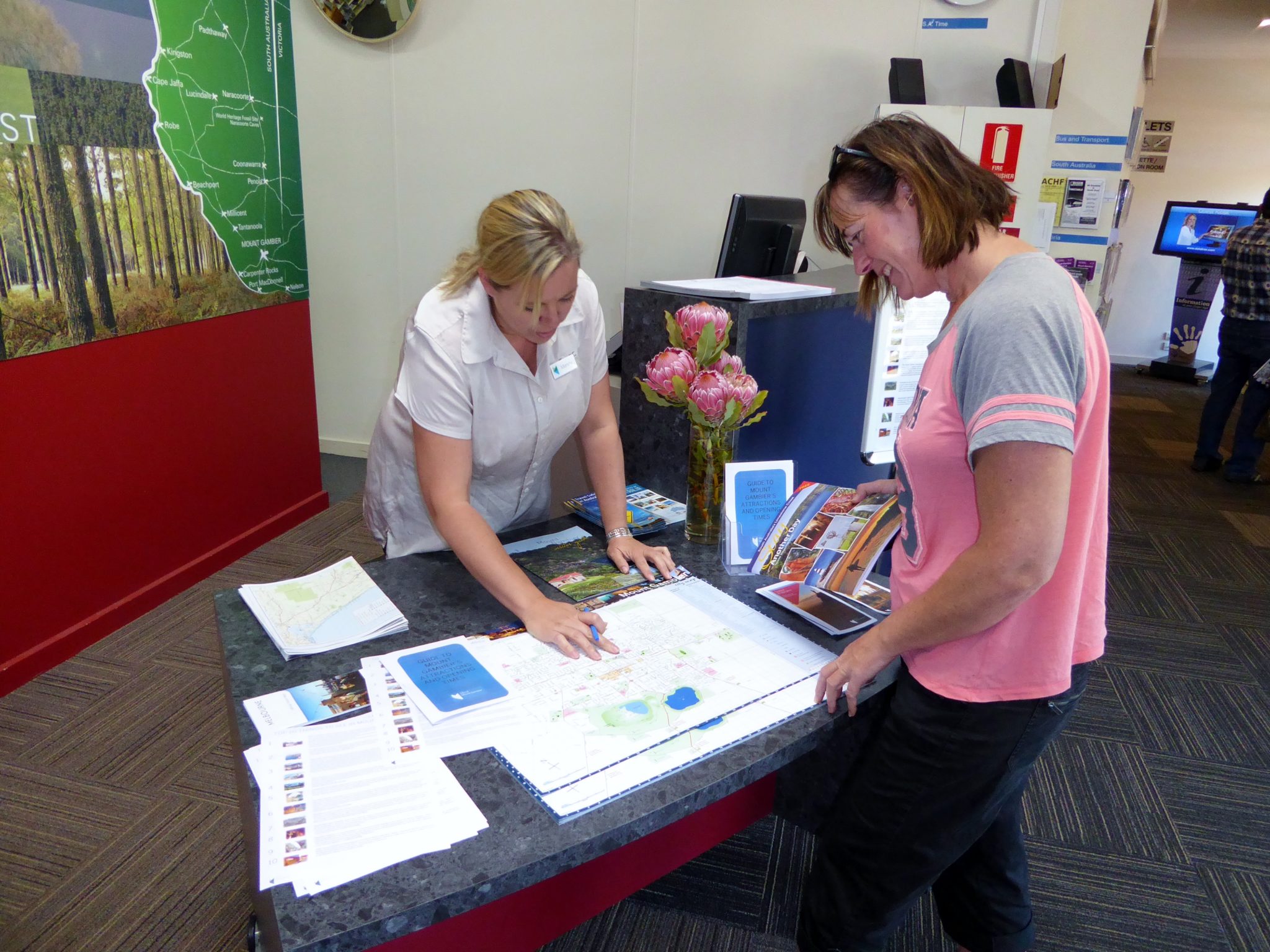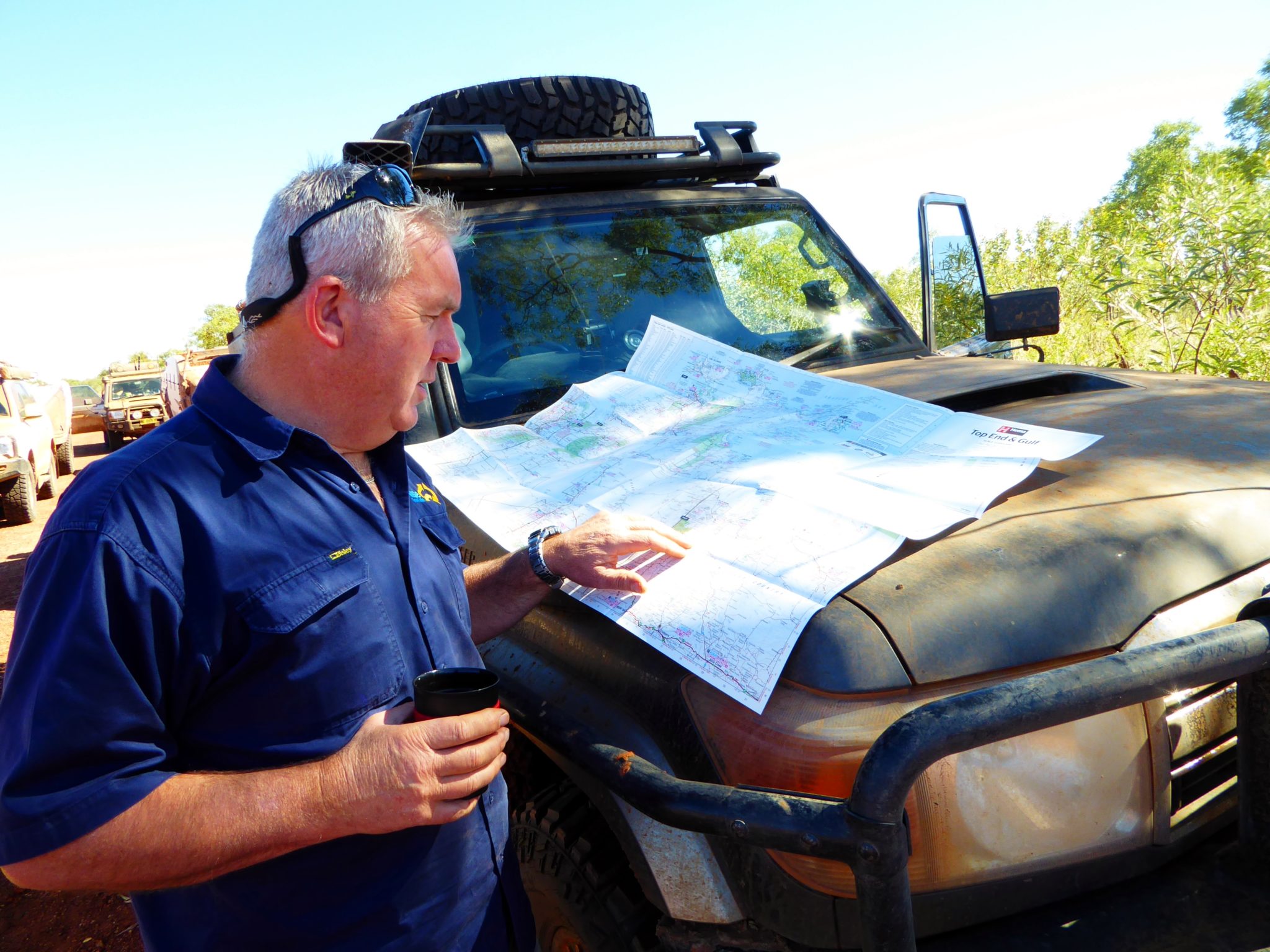If you’re sitting back and reading this, you’re probably thinking, how hard can it really be? You know – you want to go on a trip, you decide where to go, and you just go. Right? While that might be ok for some, and if that’s you, then great. We’re not quite that free spirited, as we’ve found taking that kind of approach can sometimes mean missing out on some cracking events because you didn’t even know they were on. Grrrr!! That’s why these days our trip planning is somewhat more structured. Heck, some might even say anal, but hey, that works for us.
We find trip planning can be just as much fun as the actual trip…well almost. It really comes down to how to go about it. What kind of trip are you looking for? Consider the destination, how much time you’ve got, whether anyone is travelling with you, the time of year you’ll be travelling, and the overall purpose of the trip, ie are you after a laid-back kind of holiday, or more like an adventure seeking one. These will all have a bearing on your trip planning approach. Ok, so let’s break it down.
You’ve probably heard of the saying, “Is it the chicken that comes first or the egg”? Either way, there’s no official starting point to trip planning, other than a series of questions you ask yourself and fellow travelling companions, to eventually come up with a plan. That’s right, we’re working out a plan, and like any plan, it starts from an idea. Plant the right seeds and watch it grow into reality, and along the way the excitement builds. Eventually we lock in the plan and start to prepare for the trip, but here we’re only talking about sketching out that plan.
When there’s so many different types of trips to choose from, we’ll pick one scenario to help explain the steps we use. Let’s say we have an idea for a trip to escape the cold wintery southern region of Oz, taking us to a place we haven’t been before, and travelling with our RV. We’d also like to invite some friends along for this trip, and we need to set a budget for expenses and entertainment. So here’s our 10 steps for making a plan.
STEP 1 – Pack your bags, we’re going on a trip
But what exactly do we pack? At least have an idea what type of trip it’s going to be. You know, if it’s the type of trip that’s going to be a stroll, it likely means late starts with early finishes for daily happy hours. Or perhaps it’s a trip to get to a place because there’s a festival on and we need to be on time. Maybe it’s a fishing trip, and the main objective is to bag out every day. Whichever type of trip it is, it’s important there’s an understanding of the purpose before you invite others to join, as they might have a different idea. If they’re not aware of what they’re signing up for from the beginning, you might just find your friendship short lived.
STEP 2 – Tick tock, how much time do we have?
When allocating time for the trip, you’ll need a rough idea whether it’s for a week’s get away, a month-long jaunt, or much longer. While this question may seem obvious, having a rough idea of the trip duration will have some bearing on travel distances, the time to allow at a base camp (and how many of these you’ll propose), and whether you need to make other plans to look after your normal abode during your absence.
STEP 3 – Where can we go?
Here comes the fun part, because if you have a wide enough scope in steps 1 and 2, then your choices are endless. Try and pick a turnaround point and work away from that. Let’s say Cairns will be the turnaround point, and we’re coming from the south. The next step is considering some possible routes by looking at things on a map such as places, towns, and national parks, and start with placing dots on the map. Now it’s simply a case of joining the dots. Now you know why they made you do it at pre-school as it was going to come in handy one day! With all the dots on the map, we’ve got lots to work with, so you’re ready for step 4.
STEP 4 – Who’s going to be on the dance card?
Until now, it’s been your plan. But if you’re inviting friends, they need to have a say in joining the dots, and locking in dates and timeframes to get ownership. This is best done around a table, breaking some “bread” as we would say. They might not be able to swallow all the proposal in its entirety (hence having flexibility), but let’s say they want in on parts of it. Here’s where allocating tasks for others to research spreads the load.
STEP 5 – Time to hit the books and research
With everyone having a list of dots covering towns or places to visit, it’s time to find out more about these places. Internet searches work well, as do forums, magazines and TV shows. But we find the best method is talking to the locals, meaning the local information centre, shire, councils, and even the hotels. Also try to find out what plans the local caravan parks have for the year ahead, and get a feel for when their busy periods are. You wouldn’t want to travel to Alice Springs and miss the Beanie Festival, or the camel races if visiting Boulia, so the bottom line here is doing a bit of research might just sway your plan in a direction you hadn’t previously considered.
STEP 6 – Breaking more bread – the next meeting
With the research findings now brought back to the table, and along with our dot map, we can start to look at the many options we’ve got in front of us. Next, we’ll start the process of deciding and choosing some destinations based on how we want to fill in our day.
STEP 7 – Breaking open the piggy bank
This is where we look at what we can really afford, as we need to spend our hard-earned cash wisely. It’s here the thrifty traveller needs to consider expenses such as fuel, accommodation, supplies, and what’s left over can be spent on attractions. Setting a budget that sits well with all travelling participants ensures everyone can participate and they don’t have to miss out. (Check out our tips in Top Travel Money Saving Tips).
STEP 8 – The party’s over – when do we head for home?
You need to decide where the final destination will be, or the turnaround point if it’s a loop trip. The aim here is to work out the distances you’ll be travelling daily in line with step one, the trip’s purpose. Now that you’re also armed with key dates for attending that festival, or catching that attraction, or bagging that fish, it may influence what you originally thought to be the turnaround point, as it could need changing now due to the many other things that have been put on the table. Being flexible is the key.
STEP 9 – Break out the ink – or better still, a computer spreadsheet
Now that our sketched-out plan consists of a map with places to go, times to be there, distances between towns, and any events, this step is to calculate how much it will all cost based on the information we’ve worked out to date. We call this a “first pass” or “draft” plan. Its purpose is to confirm whether you can do what you’d like to do in the allotted time and budget. Are you the type that likes to play with numbers? This is where the accountant in you comes into play, or better still, let one of your team have a crack at driving the keyboard if they love the numbers game.
STEP 10 – Riddle me this one – when does a draft become a plan?
With the spreadsheet now crunched and you’ve got some answers, it’s time again to break bread and try to lock it into becoming a plan that everyone can agree and take ownership on. It’s about locking in bookings from here, taking into the fact the “Murphy” factor. So allow time for those moments where things can go wrong (see our article here on how to prevent them). This document now becomes the starting point that everyone will work to, but be ready to change it along the way for any other factors that come in to play.
We now have a plan; from an idea, we’ve created a trip that simply put, is going to be awesome. We know where we’re going, when we’re getting there, where we’ll stay, what we’re seeing, who’s coming, and how much we’ll be spending. And we’ve even built in time for Murphy and his friends!
Yes, we may have over simplified the steps and taken some liberties, but while it may look simple to many, it’s important that you take the time to research. If you’re travelling with others, it’s also important for them to own the plan too. That way everyone knows what to expect, except for when Murphy comes a knocking. But hey, that’s half the fun!
As published in RV Daily 14





